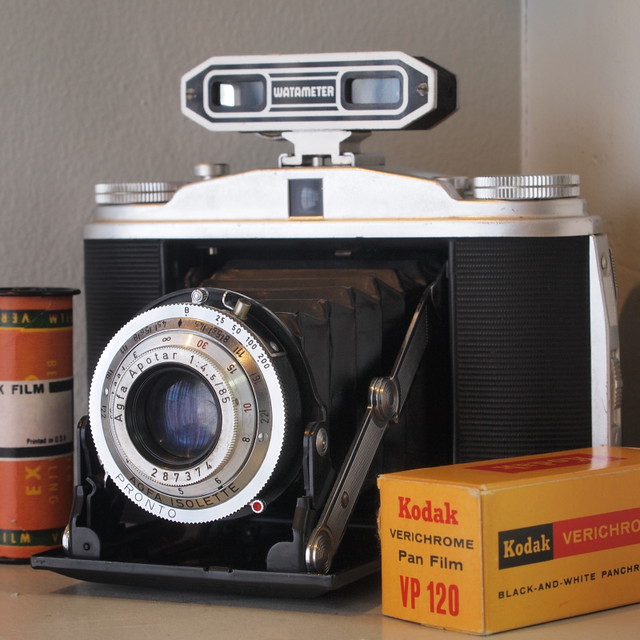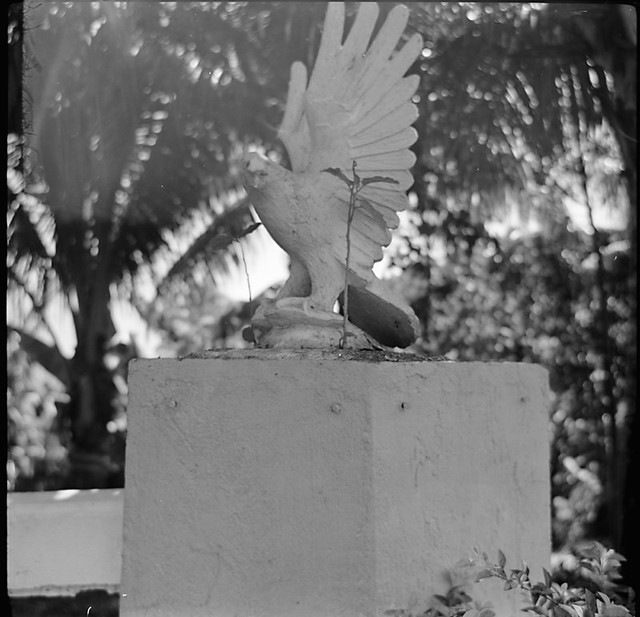Late 40s type 014, the lens scale is metric so it is a European version Made by Kodak AG in Stuttgart, equipped with a coated Schneider-Kreuznach Xenon 50mm, f2 lens in a Compur Rapid shutter - B, T 1-1/500. Knob wind and manual shutter cocking but equipped with double exposure prevention mechanism. Well designed, built to high standards and very compact. The combined VF/RF moves to compensate for parallax, just wish it was brighter.
| Kodak TX400, 60 minutes in Rodinal 1:100 |
The look of this lens reminds me of an early 50s Leitz Summitar.






